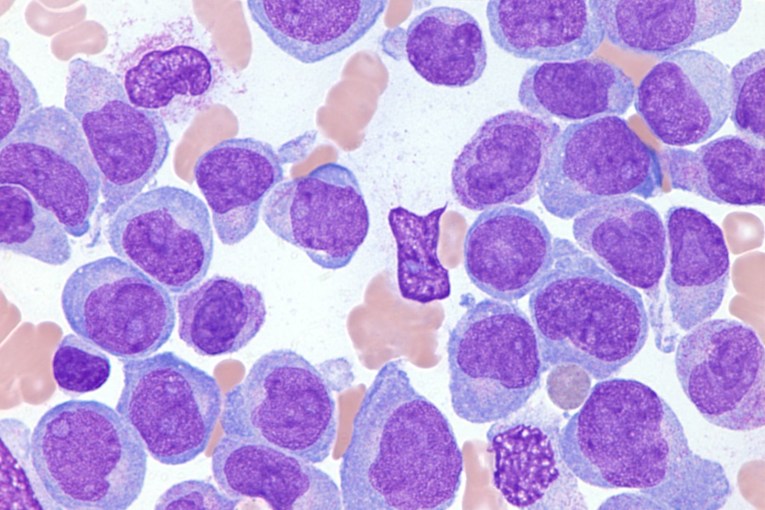Teen rebels explained: Why some adolescents take risks and others are a bit more cautious

No matter how much money is poured into education programs that lay out the realities of illicit drugs, drinking too much booze, driving at the speed of light and having unprotected sex, adolescents do dumb things.
In fact, the variety of teenage risk-taking goes beyond these mainstream misadventures to broader impulsive behaviours that most of them, thankfully, survive.
Some researchers blame this seeming inability to recognise danger – or to laugh in its face – on a slow maturing pre-frontal cortex, the part of the brain involved in problem-solving decision making.
Until the prefrontal cortex fully matures, at around the age of 25, the behaviour of young people is governed more by the amygdala, the primitive, emotional part of the brain. That’s one theory.
But if this was true, the decline of risk-taking behaviour would follow a linear path. All young people would be going through much the same thing, at the same time.
But that’s not true at all
Not all adolescents take the same kind of impulsive risks and some don’t appear to take any risks of consequence. Some quietly shoplift or do weird experiments on themselves or simply indulge in delusions and muted rebellion. Others explode into loud and violent delirium.
There are a lot of factors at play. In terms of brain development, it’s now thought that the brain is in competition with itself.

The immature brain gets high on fun more easily and more intensely than the mature brain. This is why teenagers can giggle endlessly at the slightest provocation. Photo: Getty
The part of the brain that makes adolescents want to take risks is called the socioemotional system. A key part of this system is the nucleus accumbens, a brain structure linked to pleasure and reward system. It’s helpful to keep in mind that adolescence seem to experience pleasures and rewards more intensely.
The nucleus accumbens has an activating role in our motivation and willpower. It also has essential roles in learning and memory, in triggering laughter, fear, aggression, addictions, and it’s where we are vulnerable to the placebo effect. Appetites for sex and food are also governed here.
On the other hand, the brain’s cognitive control centre – the median pre-frontal cortex – is what helps prevent adolescents from acting on these impulses. Neither of these regions is fully formed.
A 2007 paper from Temple University proposed that competition between these regions is what makes risk-taking inevitable, and why adolescents are apparently immune to societal interventions.
And here’s the evidence
In a recently published paper, University of Delaware suggest that that “adolescents with large differences in the rate of development between these two brain regions are more likely to be risk-takers.”
Further, the researchers suggest that “it is the brain’s fundamental structure that drives these risk-taking and control tendencies.”
To show this was the case, the researchers used a technique called magnetic resonance elastography (MRE) to safely measure the mechanical properties of the brain tissue as a measure of brain development, rather than activation of those two regions.
In studies that use standard magnetic resonance imaging (MRI), participants are usually given a task or a test while researchers observe which parts of the brain ‘light up’ at different stages of the test.

Magnetic resonance elastography (MRE) measures stiffness in tissues. This is useful in clinical applications, such as diagnosing liver disease, but is also used to measure maturity in regions of the brain. Image: Wikipedia/Creative Commons
Elastography is a method of imaging mechanical properties of tissues using a magnetic resonance imaging (MRI) scanner. It’s commonly used to detect stiffening of the liver caused by fibrosis and inflammation in chronic liver disease.
In the new study, the researchers took “snapshots of how the brain deforms, or bends, as it is vibrated under low frequencies, and then put those images through a specific algorithm to reverse engineer what is happening.”
Dr Curtis Johnson, an assistant professor and biomedical, in a prepared statement said:
“MRE techniques do not replace other aspects of studying brain development, but they may provide a more sensitive, objective way to look at the brain’s wiring.”
Mapping adolescent brain development
According to a statement from the university, Dr Johnson’s research group was an early pioneer in using MRE techniques to make high-resolution three-dimensional maps that enable scientists to look at specific regions of the brain.
The intensity of every 3D pixel in an image has meaning. For example, bright colors indicate high stiffness, which, in this case, indicates a measure of developmental maturity.
Looking at these features of the brain in the new study, Dr Johnson and company found that “it wasn’t the socioemotional or the cognitive control center alone, but the combination of the two centres of the brain working together at a specific age or point in time that was the definitive factor in risk taking.”
In other words, the imaging lent support to the theory from 2007.
“So, there is this period during adolescence where the part of the brain that makes you want to take risks is more mature than the part of the brain that suppresses those impulses,” said graduate student Grace McIlvain, who began working on the project as an undergraduate summer researcher in 2016 and is now a third-year doctoral student in biomedical engineering.
“If we can identify individuals who are more likely to take risks, based on the biological composition of their brain, or maybe groups of individuals, it might inform strategies for prevention.”
What remains to be understood: how the socioemotional system and cognitive control centre regions of the brain are affected by things like socioeconomic status, early life trauma or early education.








